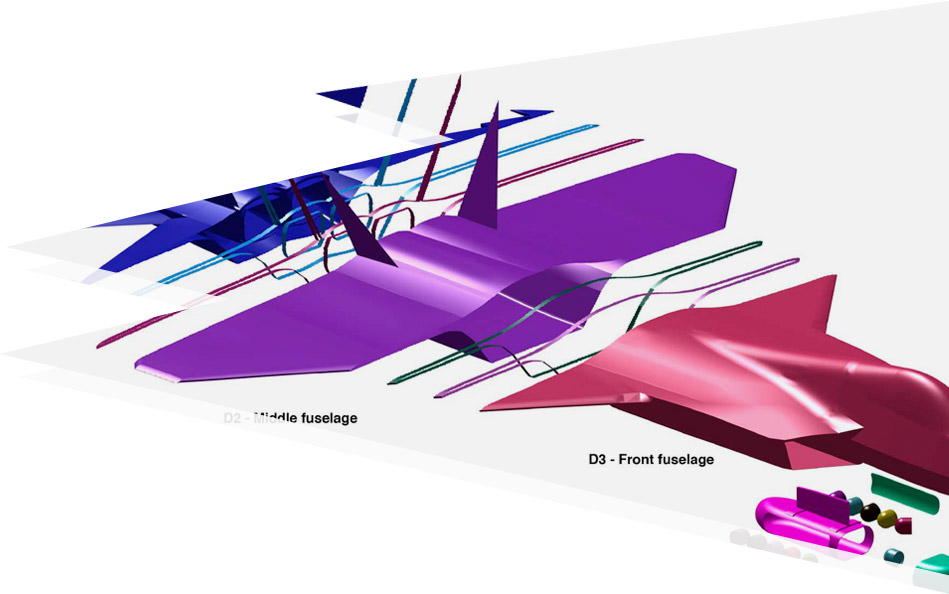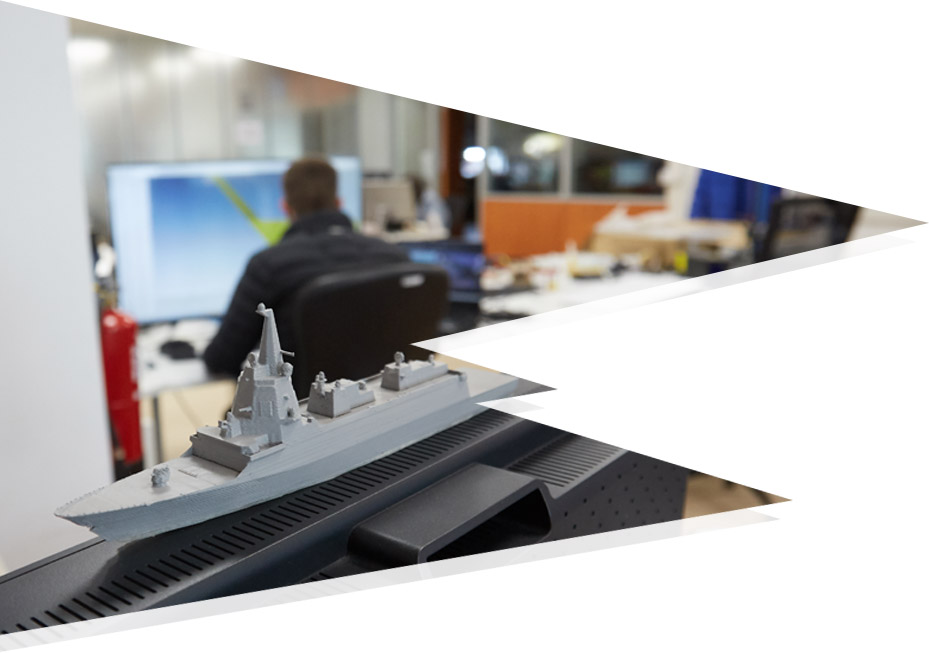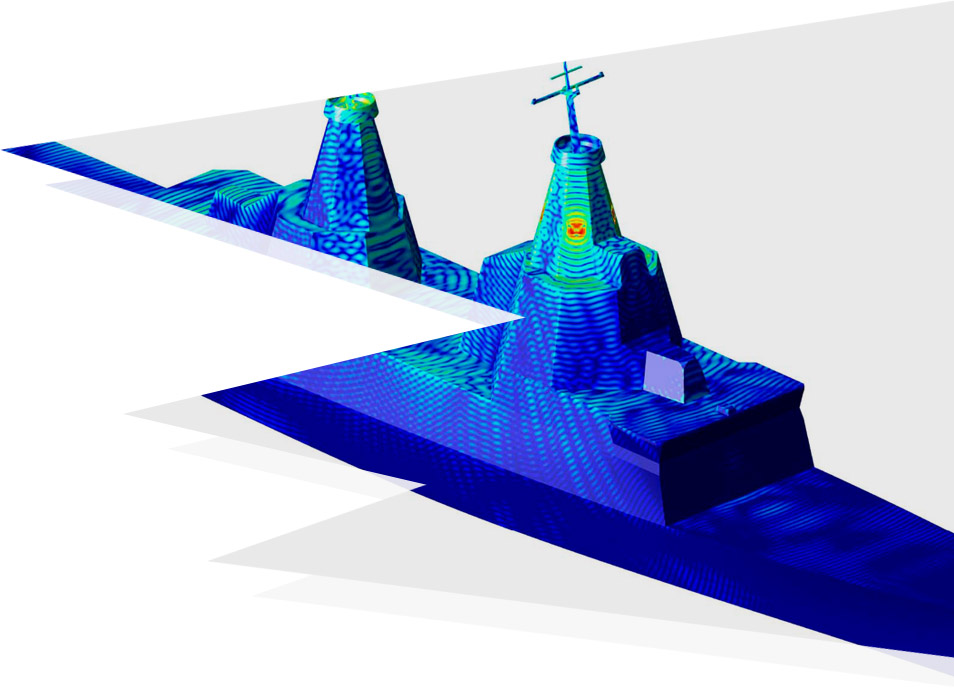Computational Electromagnetics (CEM) / Code M3
HIGH PERFORMANCE ELECTROMAGNETIC SIMULATOR
HIGH PERFORMANCE ELECTROMAGNETIC SIMULATOR
The SC7-B group has been working since 1996 on the development of a high-performance electromagnetic simulator based on full-wave solutions, therefore rigorous / exact. It is the simulator initially known as HEMCUVE, today called M3. This simulator has three characteristics that make it competitive: accuracy, speed and scalability.
The code was born at the University of Vigo, but with the collaboration of two researchers at the University of Extremadura (Luis Landesa and José Manuel Taboada, currently both professors at said university institution), therefore, a code with roots both in the Vigo university as in Extremadura.


The M3 simulation software is based on the exact resolution of Maxwell’s equations in their integral form, which is the most exact and versatile alternative for solving electromagnetic simulation problems. M3 is, today, one of the most powerful, fast and accurate full-wave electromagnetic analysis codes in the world, having reached a position of prestige and leadership worldwide.
HEMCUVE / M3 has been awarded with scientific awards * of international relevance, for many years it held the world record in computational electromagnetism, reached in August 2010 by solving a real electromagnetic problem with more than one billion unknowns **. The precision / validity of the simulations carried out with the M3 code has been certified by the CEMEDEM (Center for Electromagnetic Measurements of the Navy) by carrying out various measurement campaigns on board various ships.
*International PRACE Award 2009, awarded by the Partnership for Advanced Computing in Europe, a European Union body that regulates and finances the development of the most powerful supercomputers in Europe. http://www.prace-project.eu/news/prace-award-2009-winner-announced.
Intel Itanium Solutions Alliance Innovation Award 2009, in the category of Computationally Intensive Applications, granted by the Itanium Solutions Alliance formed by the most important companies in the computing sector such as Intel, HP, Microsoft, Novell or Red Hat.
** J. M. Taboada, M. Araújo, J. M. Bértolo, L. Landesa, F. Obelleiro, and J. L. Rodríguez, “MLFMA-FFT parallel algorithm for the solution of large-scale problems in electromagnetic (invited paper)”, Progr. Electromagnet. Res., Vol. 105, pp. 15-30, 2010.
JM Taboada, MG Araújo, F. Obelleiro, JL Rodríguez, L. Landesa, “MLFMA-FFT parallel algorithm for the solution of extremely large problems in electromagnetics (invited paper),” Proceedings of the IEEE, Special issue on Large Scale Electromagnetic Computation for Modeling and Applications, vol. 101, no. 2, pp. 350-363, February 2013.
M3 software is not a commercial product, it is a product that is in constant development, hence its high capacity and competitiveness. Its use is offered to industrial and productive sectors in SaaS mode.
It has been used successfully in numerous projects, highlighting, among others, the design of the electromagnetic fabric of the topside of the new generation ships of the Spanish Navy during the last 20 years (E3).
